Germany's industrial sector presented a mixed picture in recent economic data releases, with output declining sharply even as new orders showed unexpected resilience. The 2.5% month-on-month drop in industrial production for May – the steepest decline this year – contrasts starkly with a 4.2% surge in factory orders during the same period. This divergence has left economists grappling with conflicting signals about the health of Europe's largest economy.
The production slump spanned most key sectors, with capital goods output falling 3.4% and consumer goods down 2.9%. Energy-intensive industries continued their prolonged contraction, dropping another 1.8% as high power prices maintained pressure on manufacturers. The automotive sector, typically a German stronghold, saw production decline 4.3% amid ongoing supply chain adjustments and softening global demand for electric vehicles.
Yet the new orders data tells a different story entirely. Domestic orders grew 3.1% while foreign demand jumped 5.0%, with notable strength coming from outside the Eurozone. The machinery and equipment sector booked particularly strong gains, suggesting some industries may be positioning for future capacity expansion despite current weak output.
Several factors help explain this unusual divergence. Many analysts point to inventory adjustments currently underway across German industry. After building up stocks during the supply chain crises of recent years, manufacturers now appear to be working through existing inventories rather than immediately ramping up production for new orders. This creates a temporary gap between order intake and output levels.
The data also reveals shifting patterns in order fulfillment timelines. "We're seeing much longer lead times between orders and production," noted Klaus Müller, chief economist at Deutsche Industriebank. "Customers are placing advance orders to secure capacity, but actual manufacturing is being scheduled further out due to ongoing uncertainty about energy costs and demand sustainability."
Regional differences within Germany's industrial landscape are becoming more pronounced. The southern states, home to much of the country's automotive and industrial machinery production, are experiencing the sharpest output declines. Meanwhile, central German regions with stronger focus on specialty chemicals and precision instruments are reporting healthier order books and more stable production levels.
This bifurcation extends to company size as well. Large industrial conglomerates appear to be driving most of the production decline, while midsize Mittelstand firms – the backbone of German manufacturing – are reporting steadier output levels and stronger order intake. This may reflect the greater flexibility smaller firms have in adjusting to changing market conditions.
The energy transition continues to reshape Germany's industrial map. Renewable energy equipment manufacturers are operating at near full capacity, while traditional energy-intensive sectors like basic metals and chemicals struggle with structural disadvantages. "We're essentially seeing two different German industries right now," observed Sophia Weber from the Kiel Institute for the World Economy. "The old energy-intensive Germany is contracting while the new green technology Germany is expanding – but not fast enough yet to offset the declines."
Export dynamics add another layer of complexity. While orders from China showed surprising strength (up 7.2%), demand from other key markets like the United States was more subdued. European orders grew modestly, suggesting the Eurozone's fragile recovery may be providing some support but not enough to drive a broad industrial rebound.
Looking ahead, most analysts expect the output slump to bottom out in the coming months as inventory corrections run their course. However, the sustainability of the order growth remains questionable, particularly if global economic conditions weaken further. The Bundesbank's latest assessment suggests industrial production may not return to meaningful growth before late 2024.
This unusual gap between orders and output creates policy challenges for German authorities. Traditional stimulus measures may prove ineffective when production constraints appear more structural than cyclical. Energy costs, workforce shortages, and technological transitions seem to be the real limiting factors rather than simple lack of demand.
For now, Germany's industrial sector remains in a transitional phase – caught between fading old economic models and emerging new ones. The coming months will reveal whether the current order growth represents genuine momentum or merely temporary positioning by buyers seeking to lock in prices amid ongoing uncertainty. One thing seems clear: the path back to robust industrial growth will be longer and more complex than in previous economic cycles.
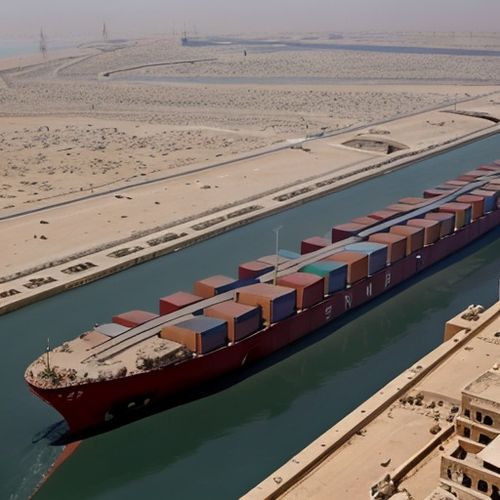
By Sophia Lewis/Apr 5, 2025
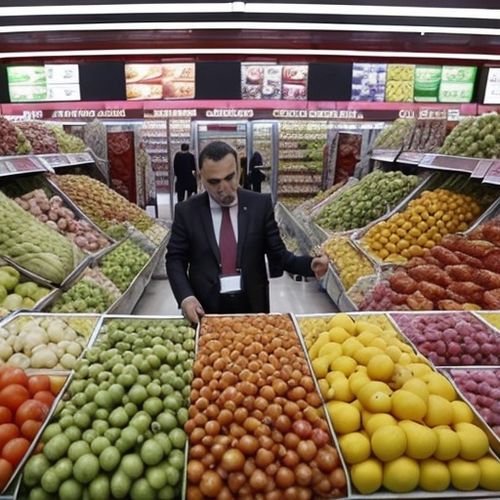
By Jessica Lee/Apr 5, 2025
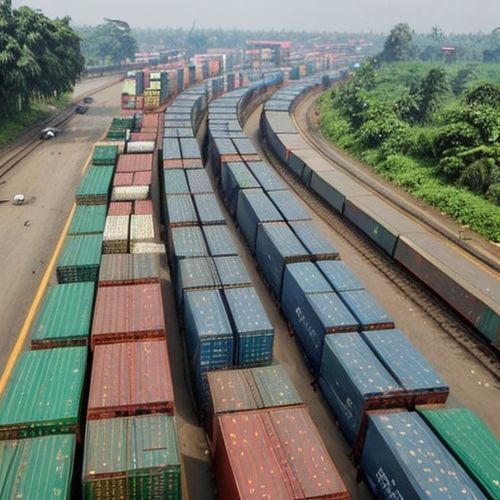
By Emily Johnson/Apr 5, 2025
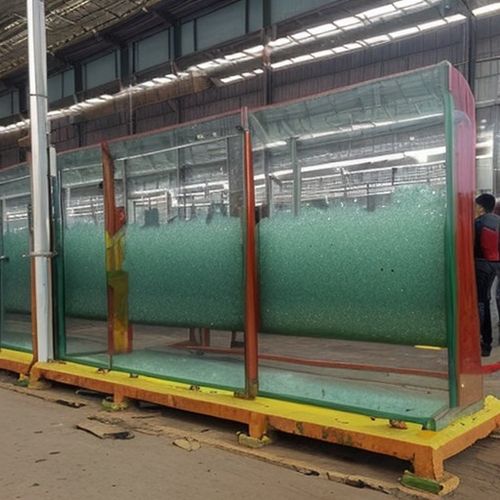
By Sophia Lewis/Apr 5, 2025
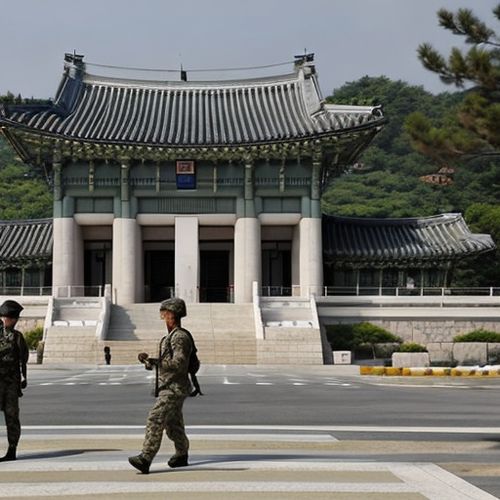
By George Bailey/Apr 5, 2025

By Amanda Phillips/Apr 5, 2025
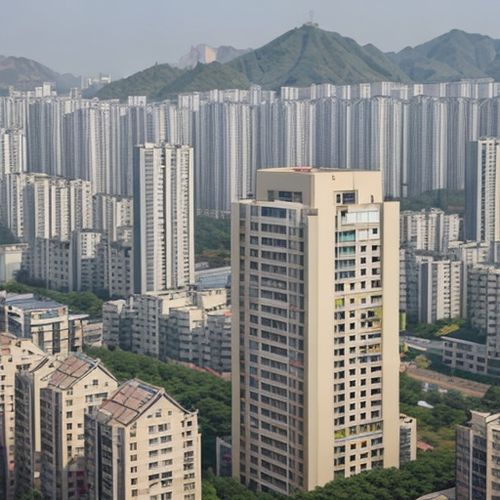
By Emily Johnson/Apr 5, 2025
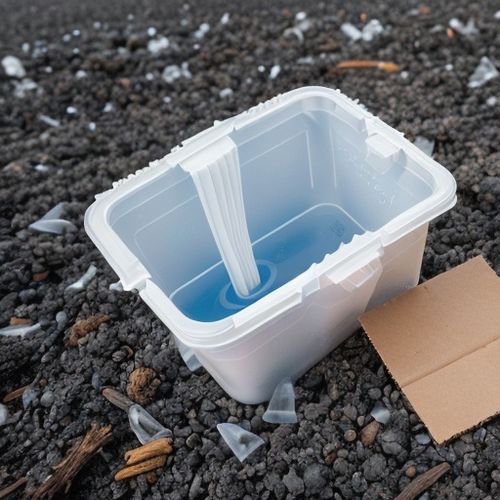
By Natalie Campbell/Apr 5, 2025
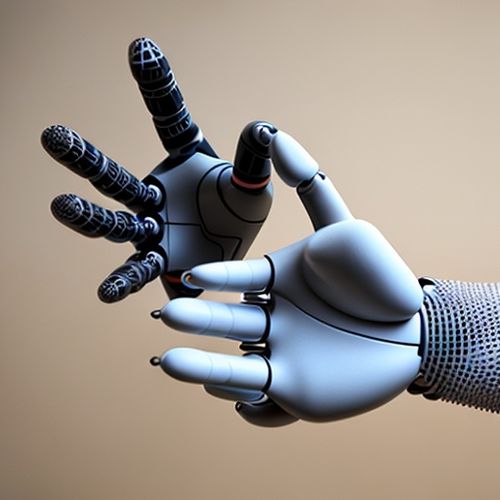
By Sarah Davis/Apr 5, 2025
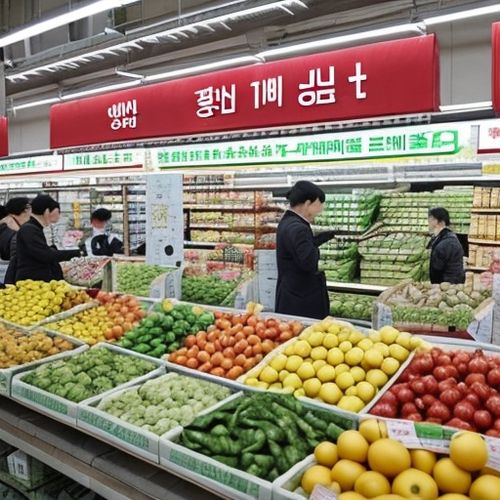
By Laura Wilson/Apr 5, 2025

By Samuel Cooper/Apr 5, 2025
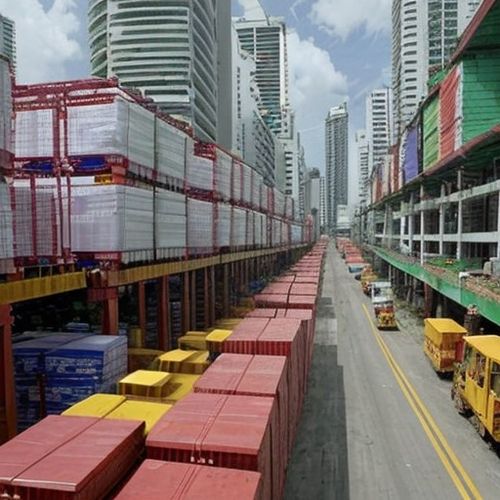
By James Moore/Apr 5, 2025

By Noah Bell/Apr 5, 2025
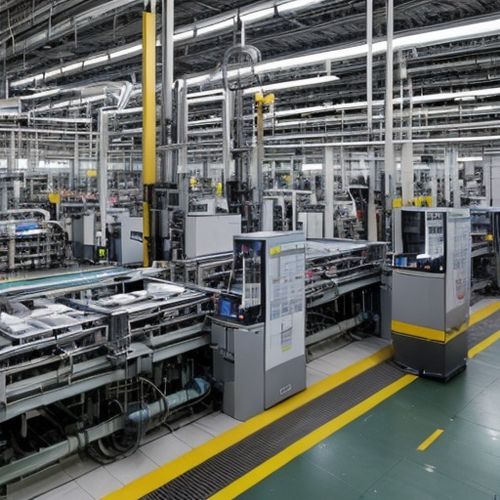
By Sarah Davis/Apr 5, 2025
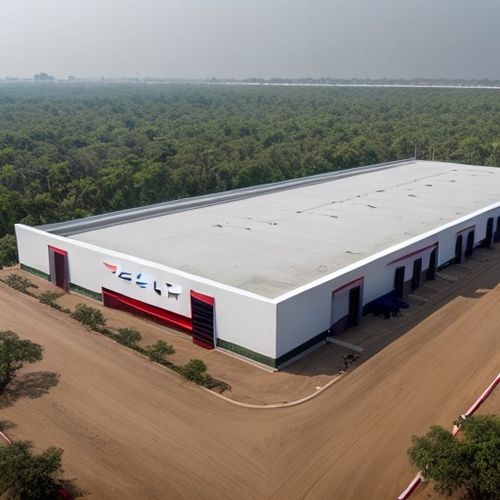
By Ryan Martin/Apr 5, 2025
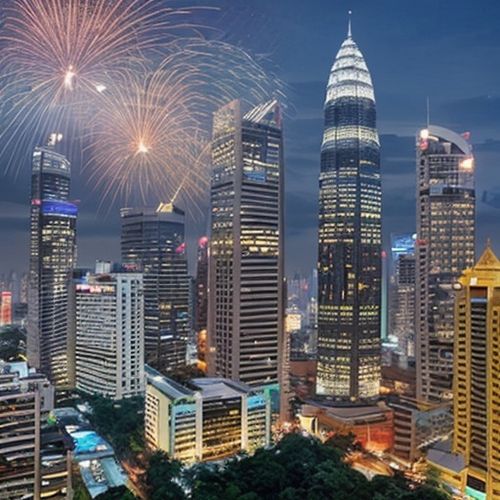
By Christopher Harris/Apr 5, 2025
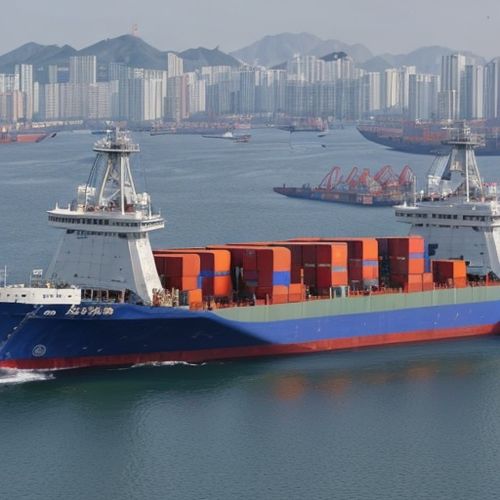
By Noah Bell/Apr 5, 2025
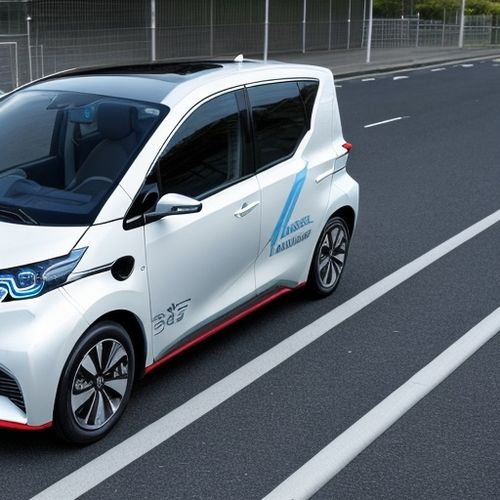
By Thomas Roberts/Apr 5, 2025

By Michael Brown/Apr 5, 2025

By George Bailey/Apr 5, 2025